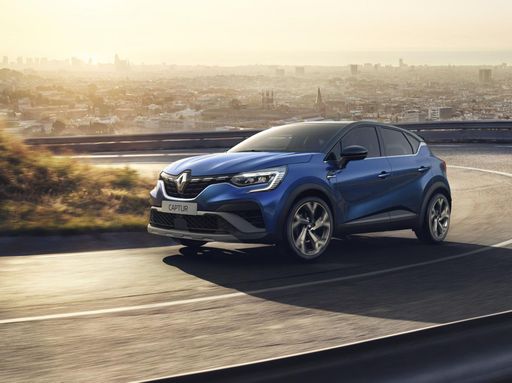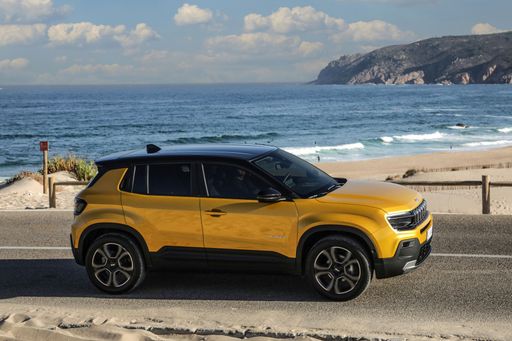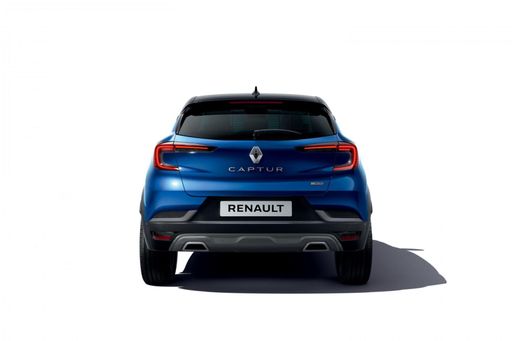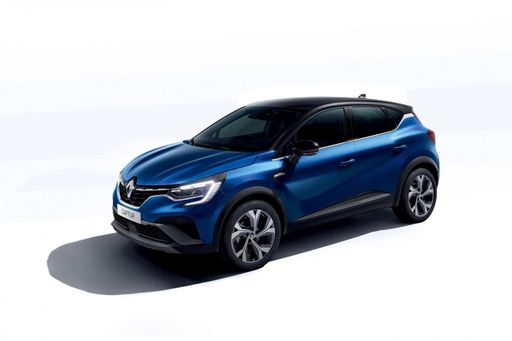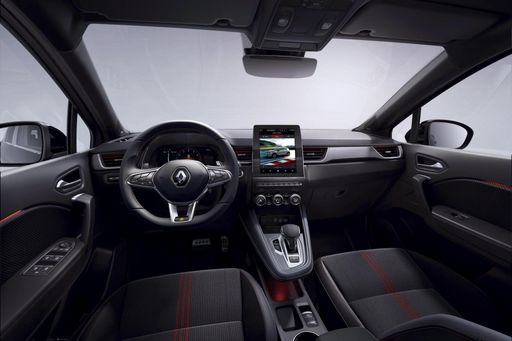Jeep Avenger vs Renault Captur: Two Compact SUVs Battle for Supremacy
In the competitive world of compact SUVs, the Jeep Avenger and Renault Captur stand out as formidable contenders, each bringing unique offerings to the table. As consumer preferences shift towards sustainability and efficiency without compromising on style and performance, these vehicles cater to modern demands with a mix of traditional and innovative technology. Let's explore how these two SUVs stack up against each other in terms of design, performance, and technology.

